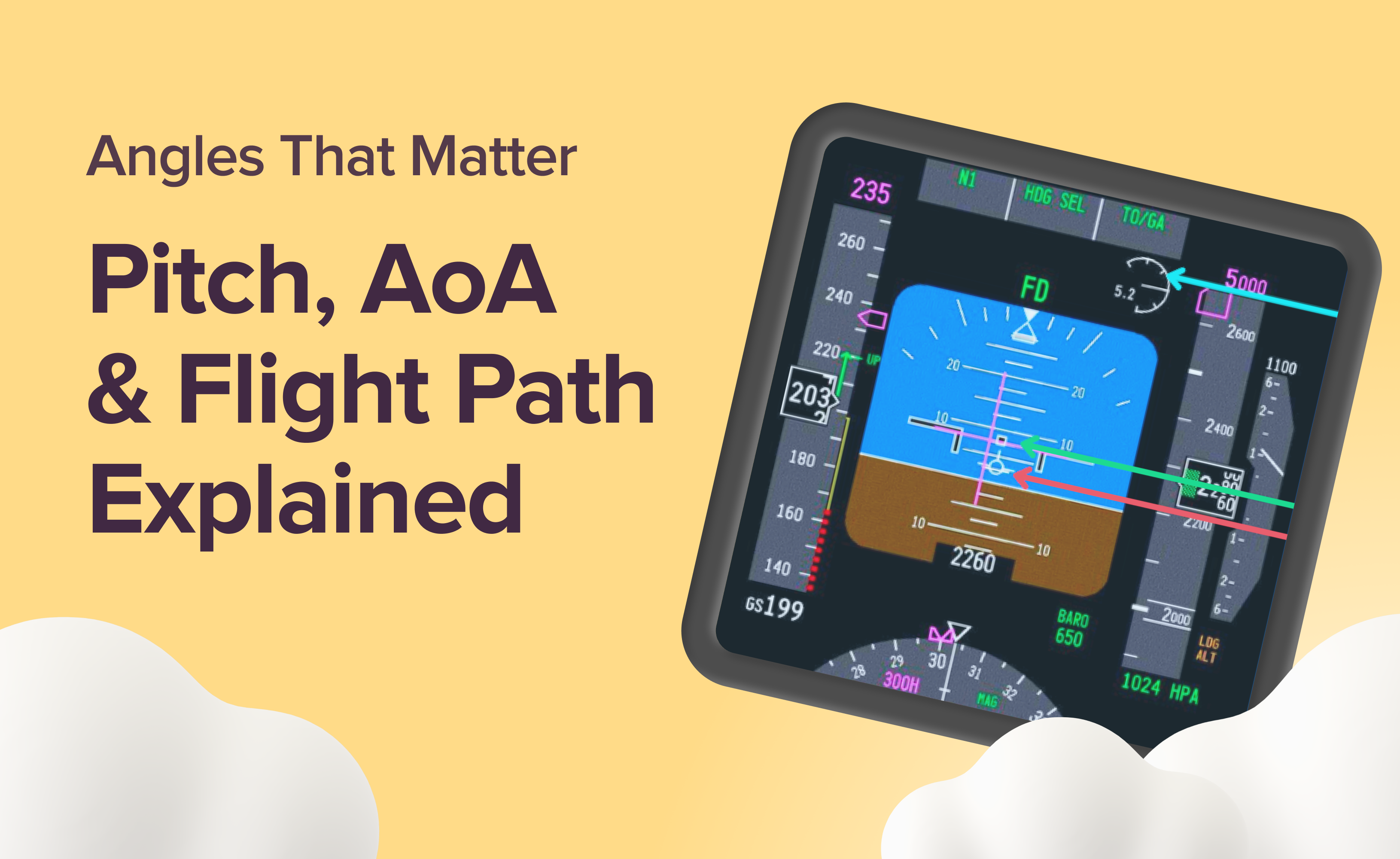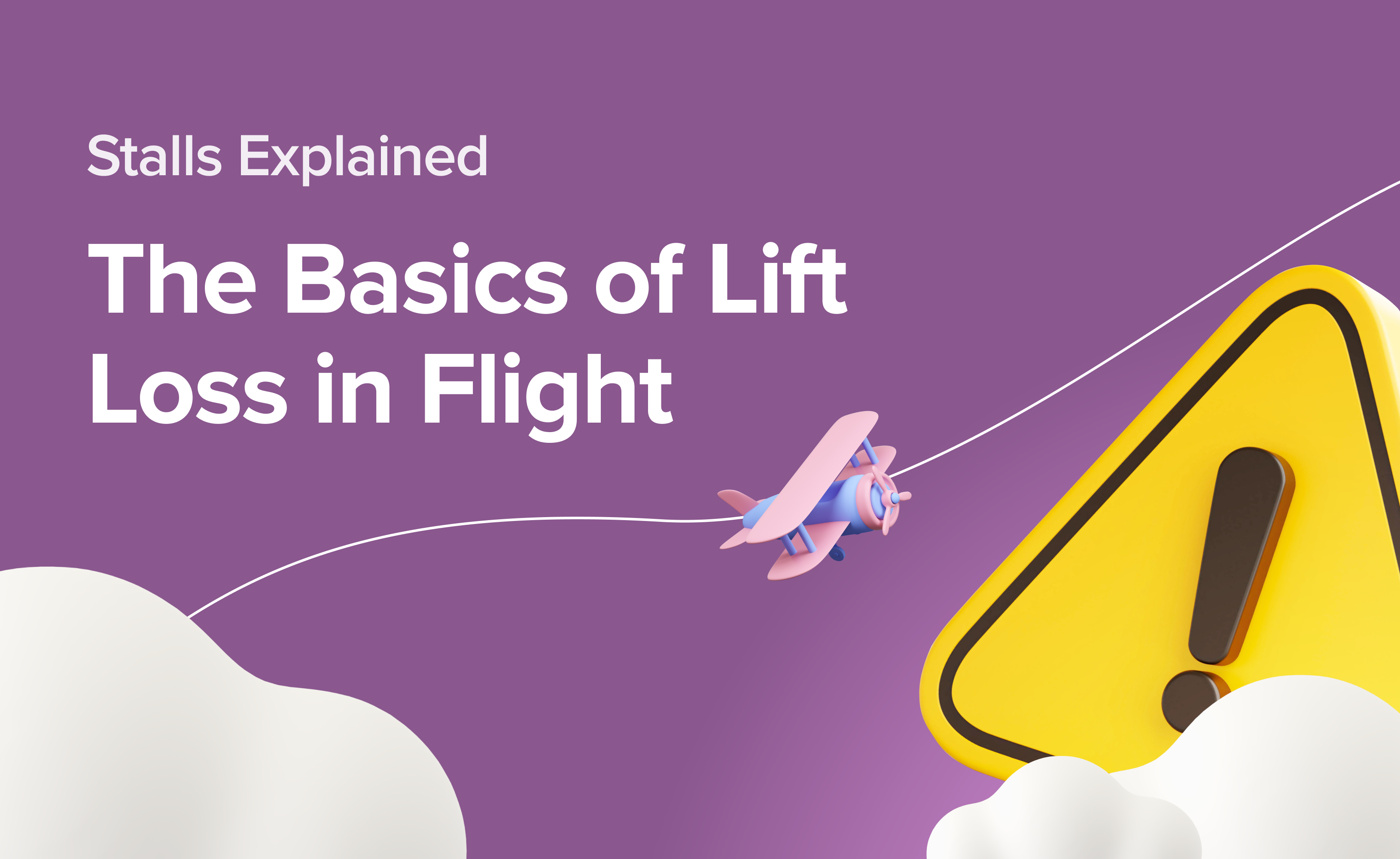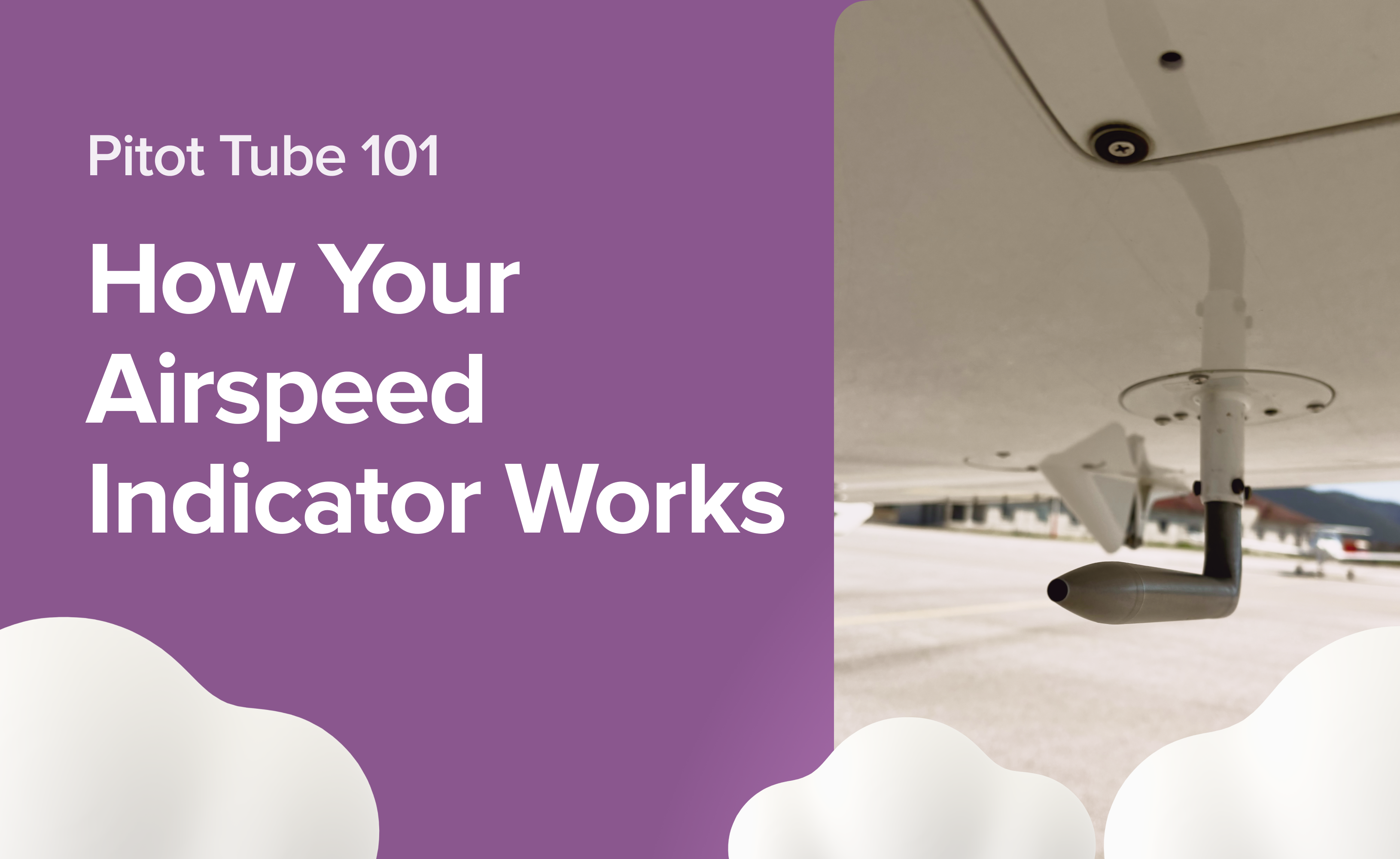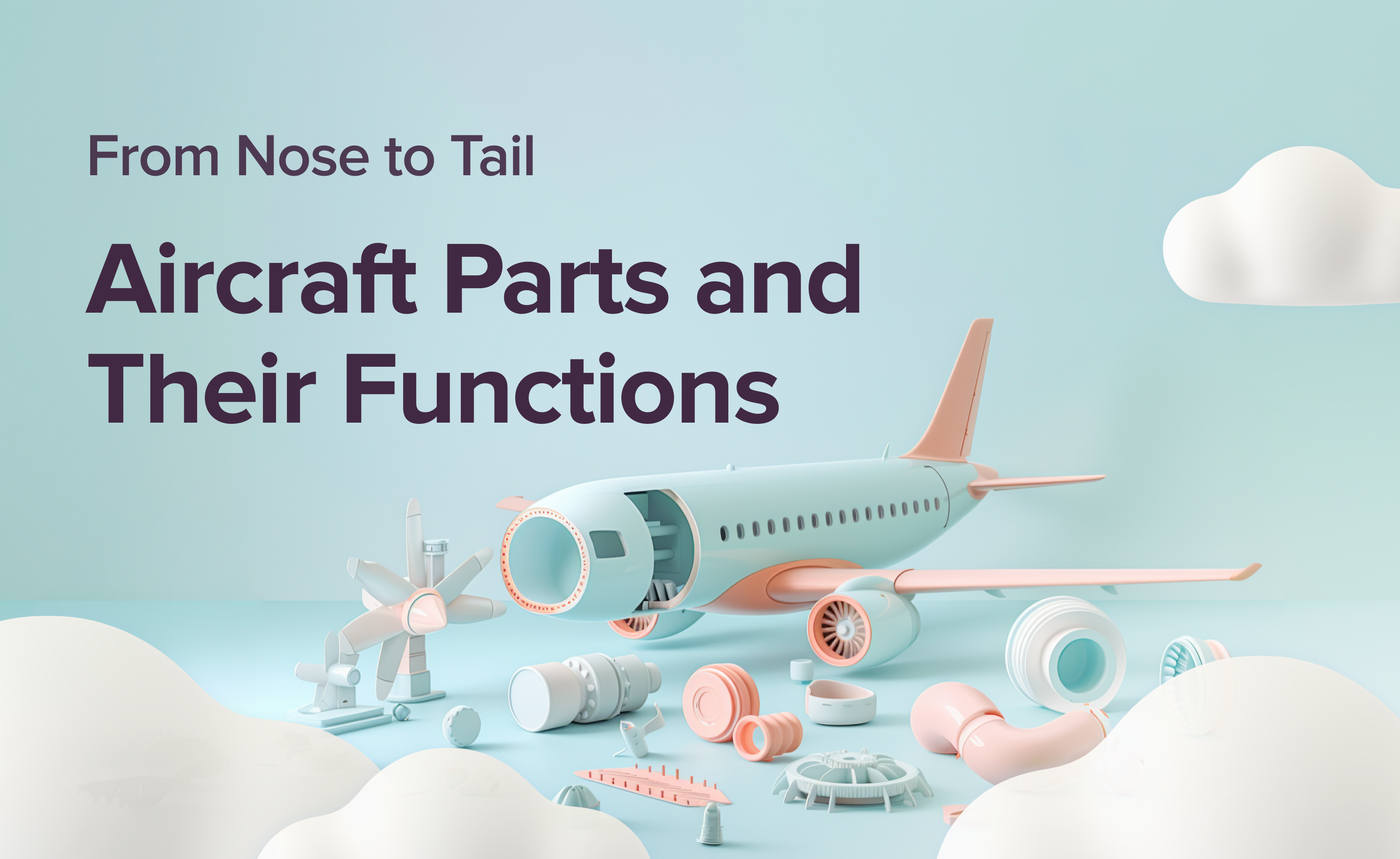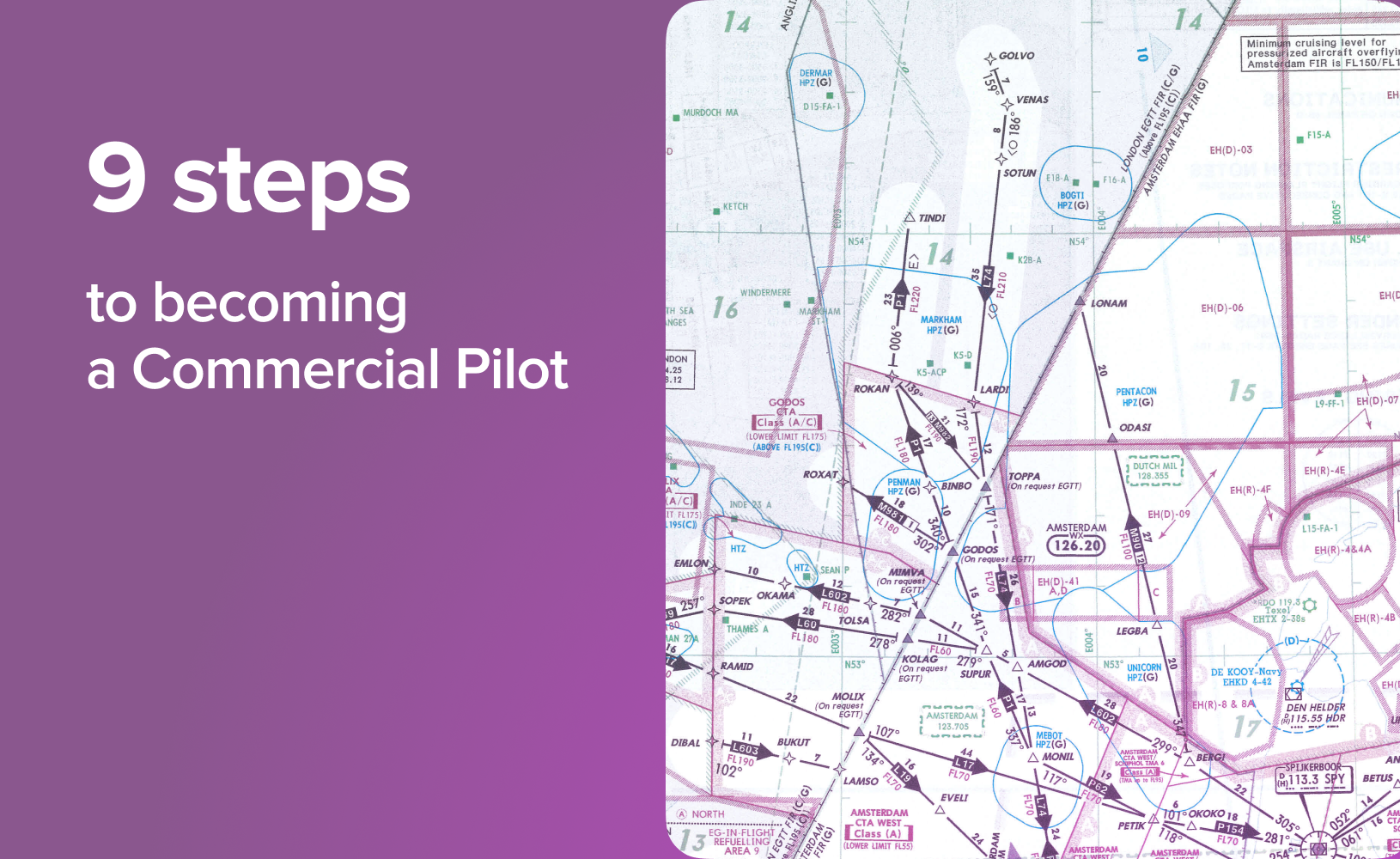Make It Fly: 12 Amazing Facts About Airbus Planes

It seems like a simple question — until you realise you’re choosing between two titans of aviation. For decades, Airbus and Boeing have been locked in a high-altitude rivalry, each pushing the boundaries of technology, efficiency, and design. But Airbus, with its bold innovation and European roots, has carved out a distinct identity. Their official slogan, “Make it Fly,” isn’t just marketing—it’s a mindset. From pioneering fly-by-wire systems to building the world’s largest passenger aircraft, Airbus continues to reshape modern flight.
In this article, we’ll dive into 12 lesser-known facts about Airbus that prove just how much brainpower and ambition goes into making their aircraft soar.
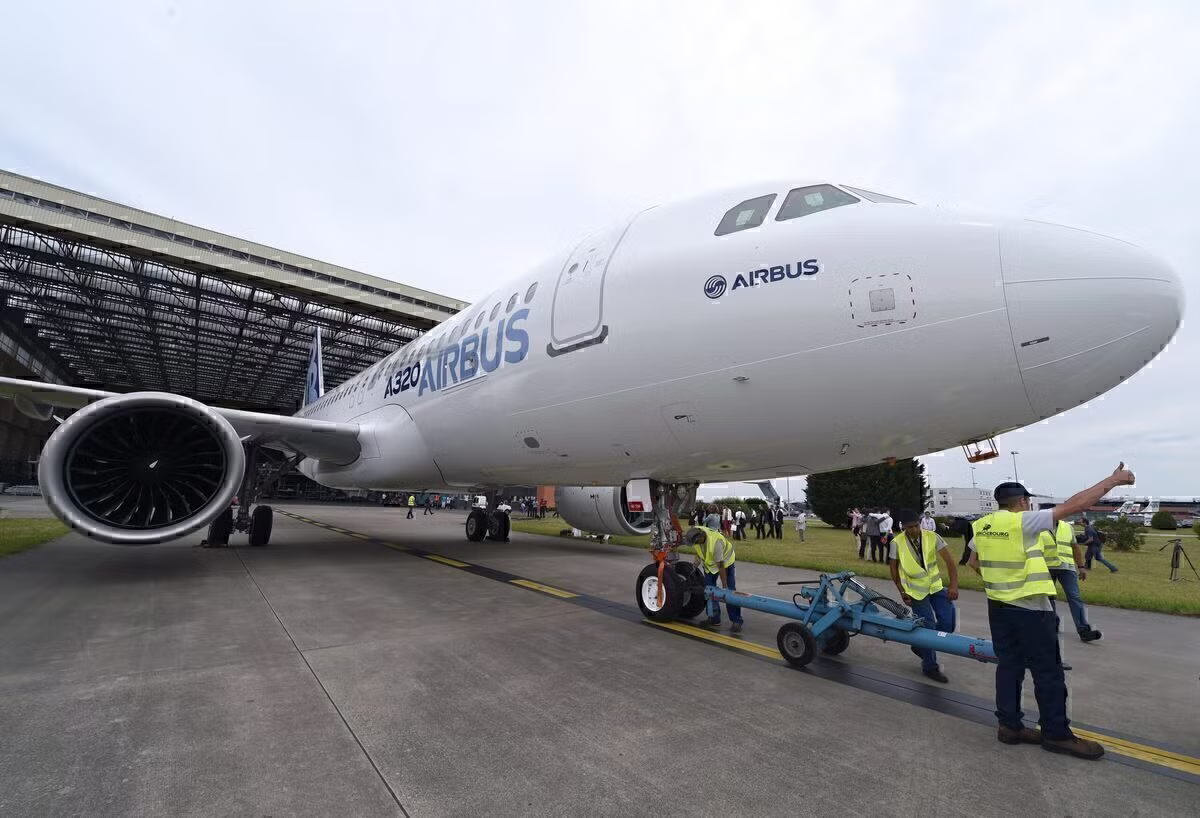
Airbus Represents a Rare Success Story
Boeing had already established itself as the world’s leading aircraft manufacturer by the mid-20th century. Europe’s answer to the American aviation monopoly came much later. The idea was simple but revolutionary: pool European expertise and resources to produce a world-class commercial aircraft and challenge the American giants like Boeing, McDonnell Douglas, and Lockheed. This vision became reality on 29 May 1969, at the Paris Air Show, when French Transport Minister Jean Chamant and German Minister of Economic Affairs Karl Schiller signed a historic agreement to officially launch Airbus Industrie.
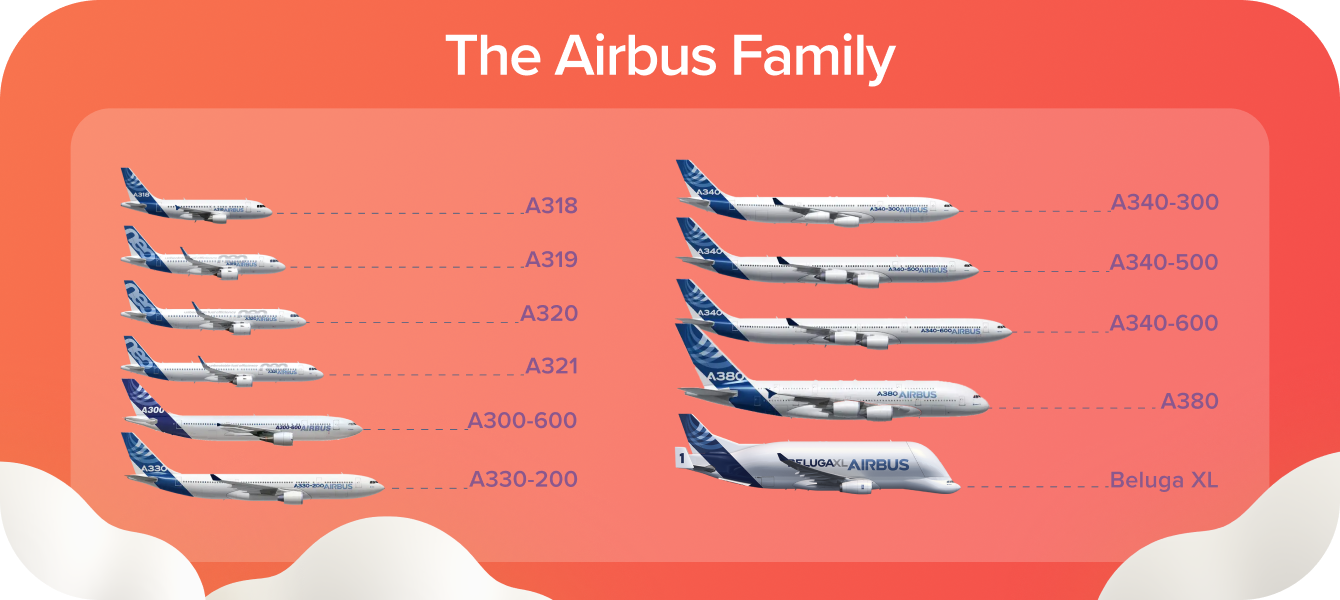
While similar initiatives often faltered under the weight of bureaucracy or national interests, Airbus flourished. Why? Because Airbus operated less like a political symbol and more like a forward-thinking company. It focused on innovation, putting the needs of airlines first. Such a pragmatic, customer-focused approach — paired with cross-border collaboration between France, Germany, the UK, and later Spain — turned Airbus into a rare success story. Its tagline today, “Make It Fly”, feels especially fitting for a company that once dared to do what others thought impossible.
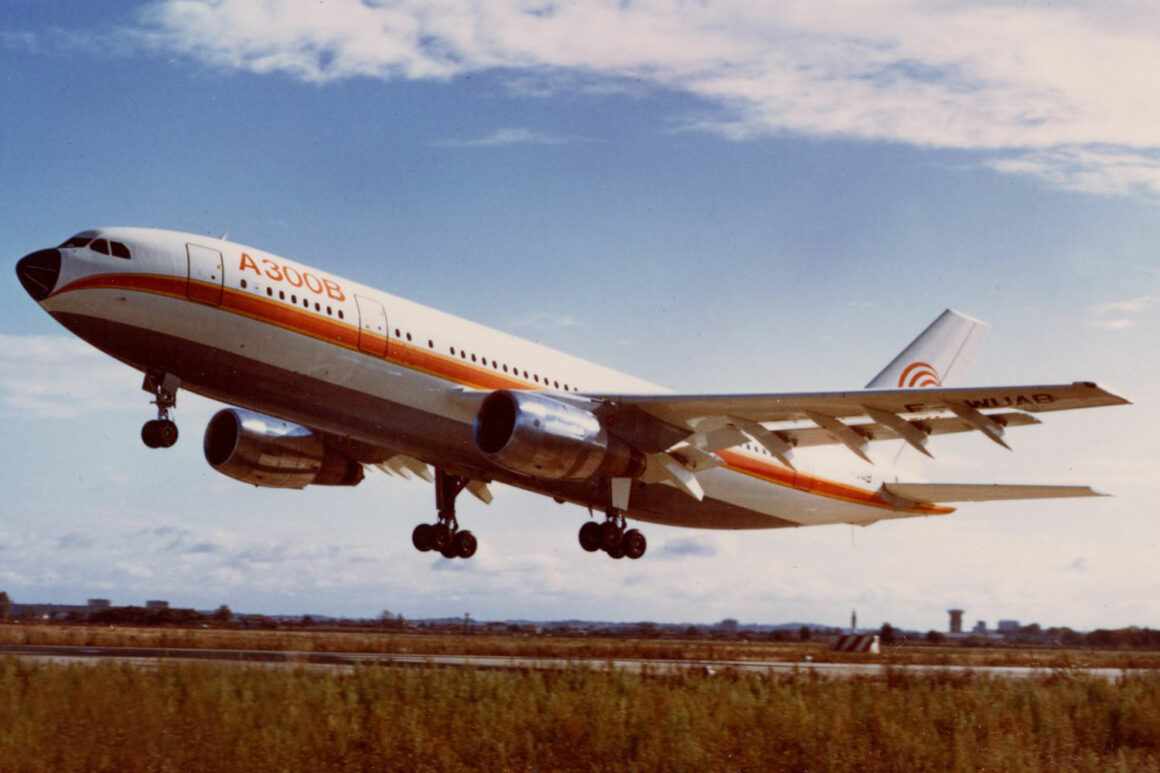
A300 Reimagined the Jet Age
The Airbus A300B was presented to the French public on September 28, 1972, during a joint unveiling ceremony with the iconic supersonic Concorde. The latter holds a unique place in history as the first and only supersonic passenger jet. Meanwhile, the A300B broke industry norms by becoming the world's first twin-engine widebody jet.
At the time, long-haul jets typically needed three or four engines to be considered safe and efficient for intercontinental travel. Airbus challenged this standard, building a widebody jet that relied on just two engines — saving fuel, reducing maintenance costs, and simplifying pilot training.
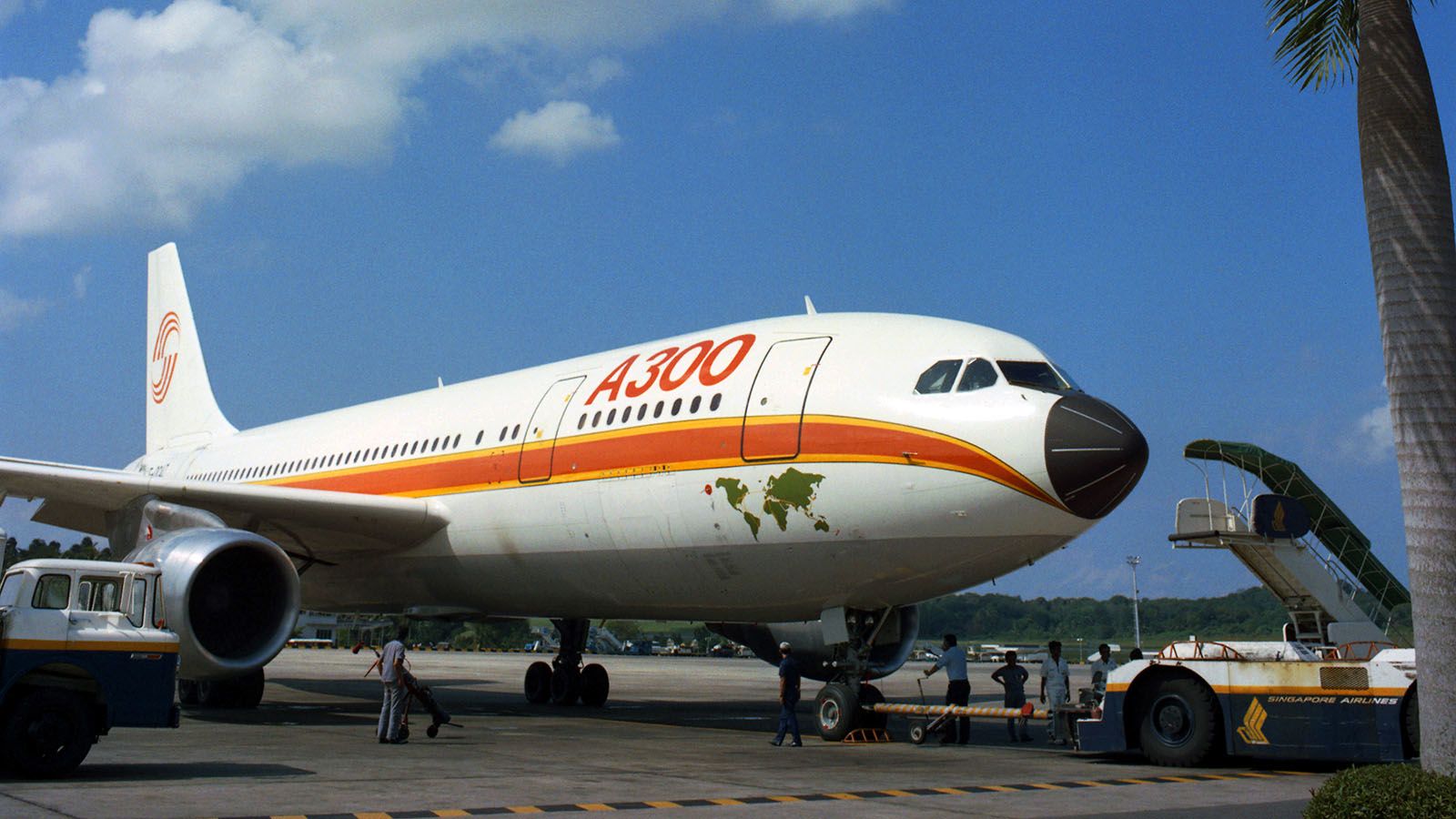
The construction of the A300 was a collaborative pan-European undertaking. Wings were manufactured in the UK and transported to Bremen, Germany, for control surface integration. These were then shipped to Lemwerder, Germany, where they, along with the rear fuselage sections, were airlifted to the final assembly line in Toulouse, France. Engines were sourced from the US, tail assemblies from Spain, and the central wingbox and nose were built in the France. The road convoys transporting these massive components to Toulouse became a spectacle, drawing curious onlookers – a tradition that would continue with the arrival of A380 parts decades later.
Initially met with skepticism, the A300’s design became the blueprint for the modern long-haul twinjet, influencing aircraft like the Boeing 767 and 777, and later, the Airbus A330 and A350.
Dive into the revolutionary design and incredible velocity that made Concorde a true "Mach Magic" marvel. Read the full story on our blog.
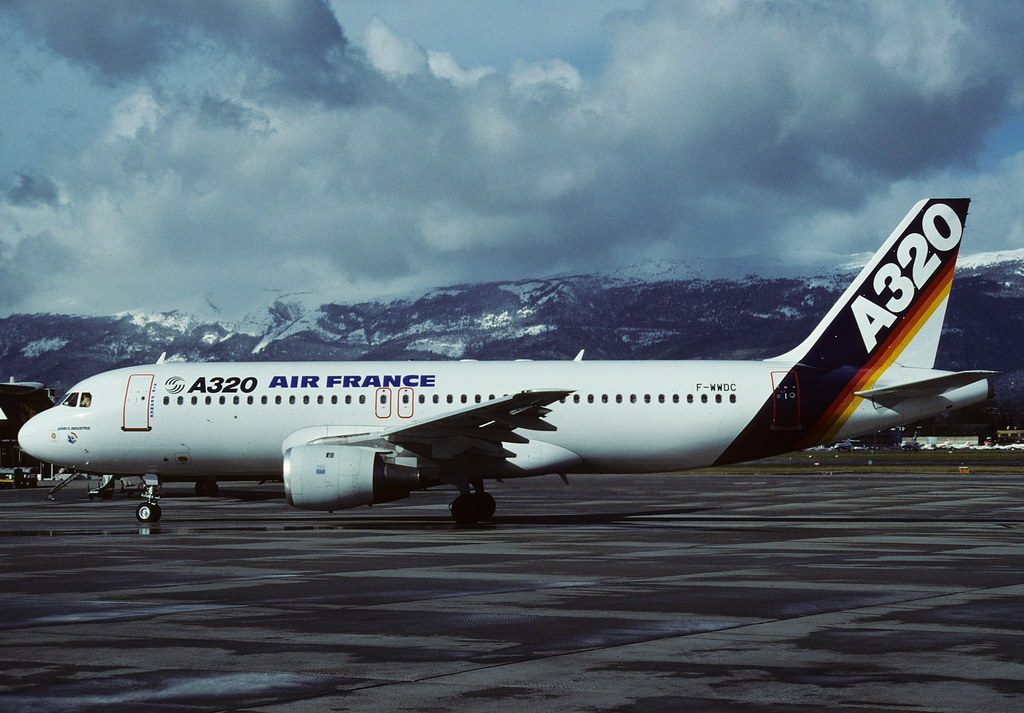
A320 Made Aviation Smarter
When Airbus launched the A320 in 1988, it didn’t just unveil a new aircraft. It introduced a revolution in aviation technology: digital fly-by-wire (FBW) controls.
Traditionally, pilots controlled an aircraft via mechanical linkages — cables and pulleys that physically moved control surfaces. But in the A320, Airbus replaced all that with electronic signals transmitted via computers. The pilot’s inputs on the side-stick are interpreted by flight control computers, which then move the control surfaces accordingly.
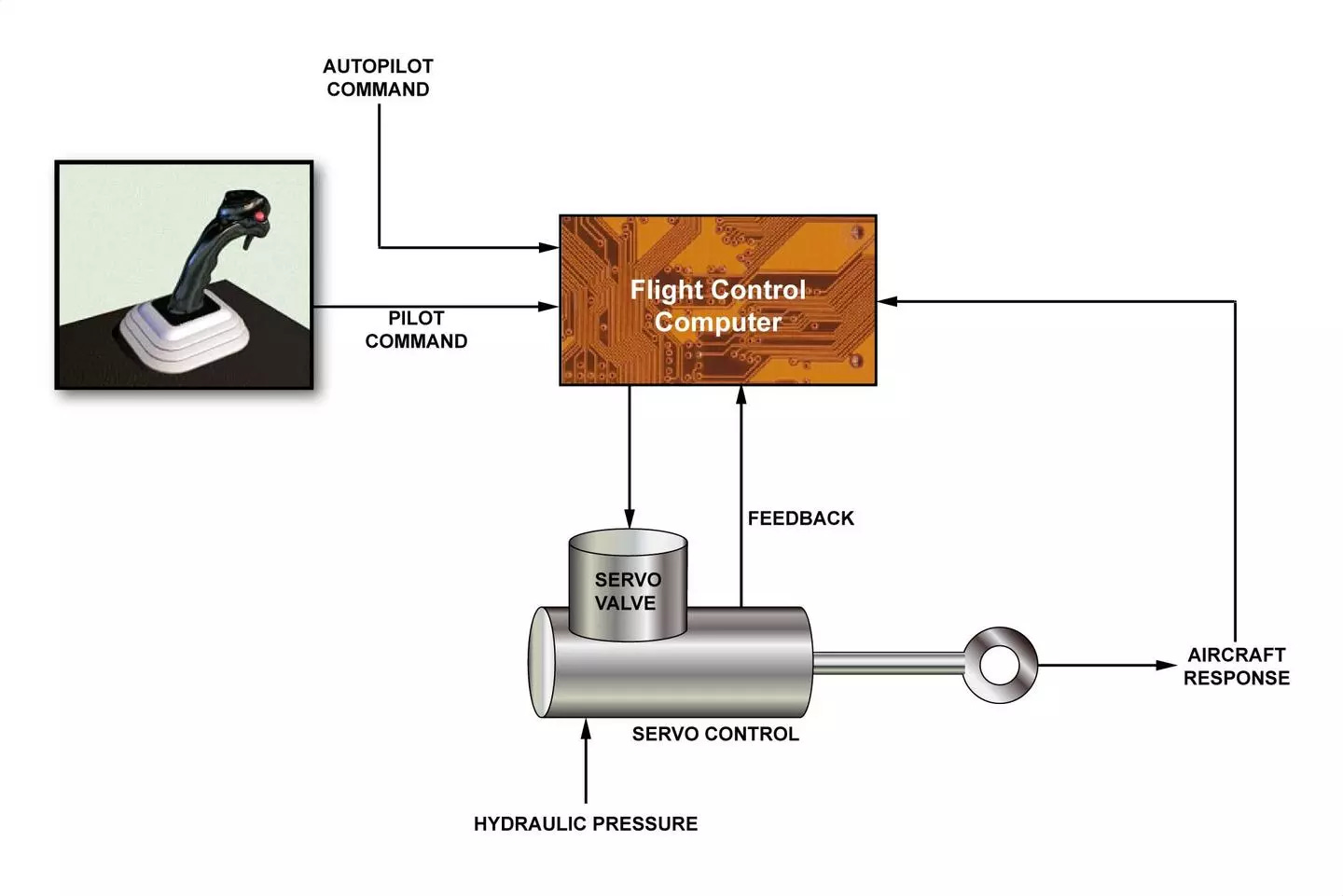
A digital fly-by-wire system (Source: Airbus)
Why is that a big deal? Because FBW adds a layer of protection. It prevents pilots from exceeding safe flight parameters (like overbanking or stalling), reducing the risk of human error while still giving pilots full control within the aircraft’s flight envelope.
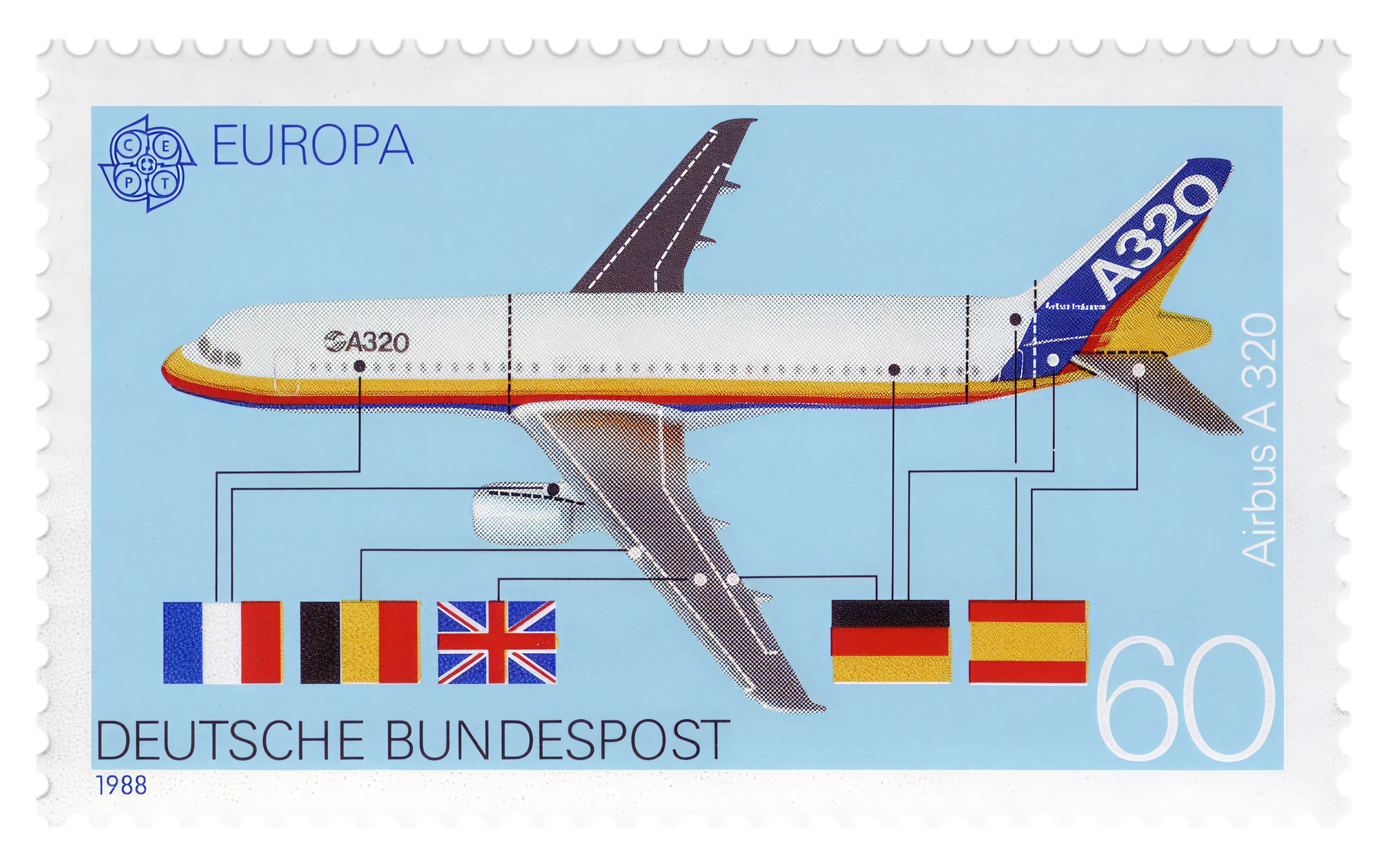
The A320 also marked the debut of envelope protection, auto-trim, and other software-assisted safety features. It was a big leap—and a controversial one at the time—but it paved the way for almost every modern commercial aircraft that followed.
And clearly, it paid off. The A320 family became the best-selling aircraft series in the world. Surpassing Boeing’s 737 in total orders, with over 10,000 aircraft delivered and counting.
Passionate about planes and the perfect photo opportunity? Uncover the 14 best vantage points to witness aviation action in our must-read blog, Aircraft Spotting: 14 Top Spots Across the UK and Europe.

A380 Leads in Passenger Size and Capacity
Say hello to the Airbus A380, the largest passenger aircraft ever built — a true marvel of modern engineering and an icon of international air travel.
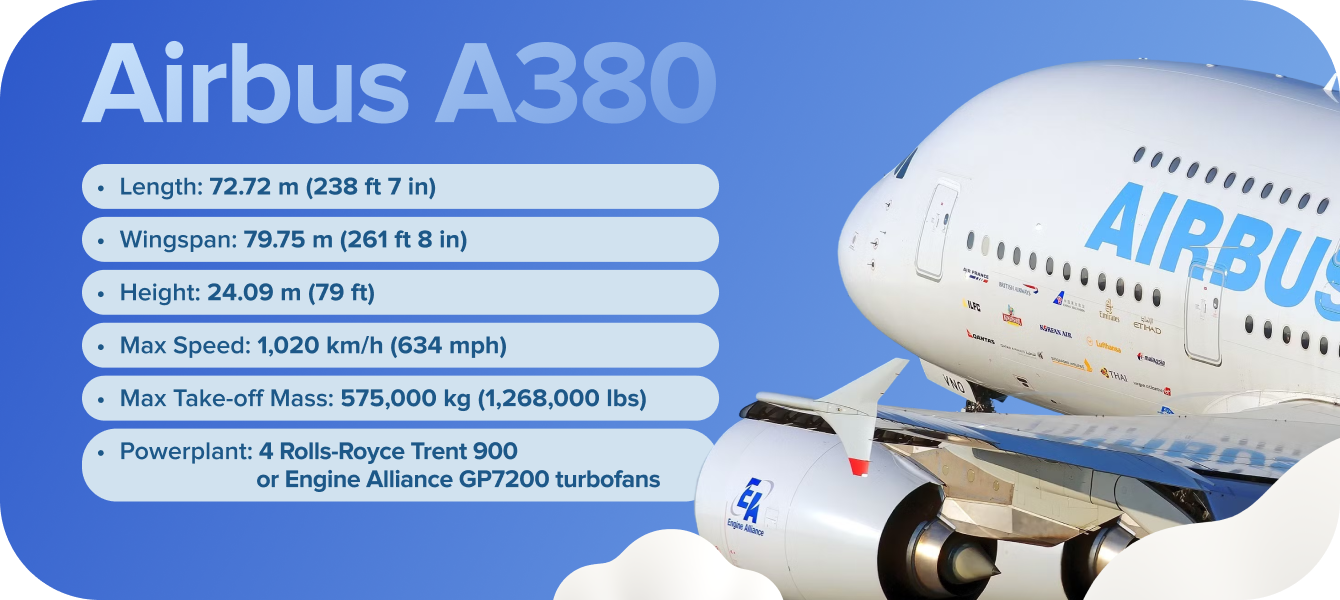
This double-deck superjumbo can carry up to 850 passengers in an all-economy configuration (though most airlines opt for 500–600 in a three-class layout). It stands at 24.09 metres tall (about the height of five giraffes) and stretches 72.7 metres long, making room for two full decks and four powerful engines. Its wingspan of 79.75 metres was once so large that early designs proposed folding wingtips to fit into standard airport gates. Eventually, airports modified their infrastructure instead — Sydney Airport alone spent $128 million on upgrades to accommodate the A380’s immense footprint.
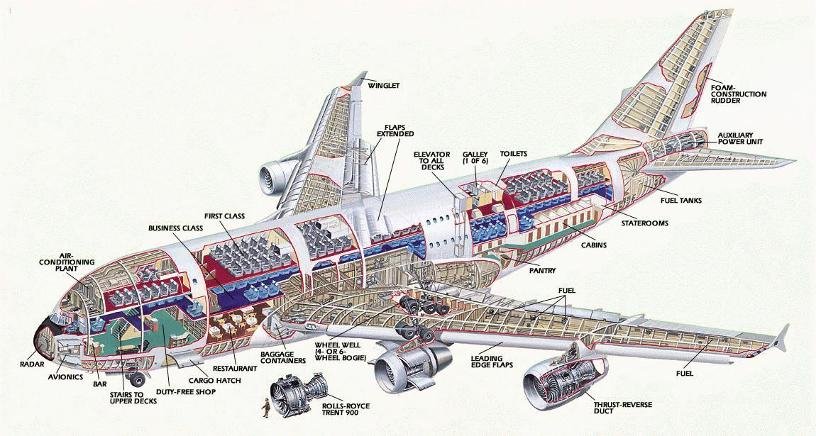
With a range of 9,445 miles, the A380 can fly from Auckland to Dubai nonstop. It also offers a unique passenger experience, including tail-mounted cameras visible from every seat — offering a bird’s eye view of the sky.
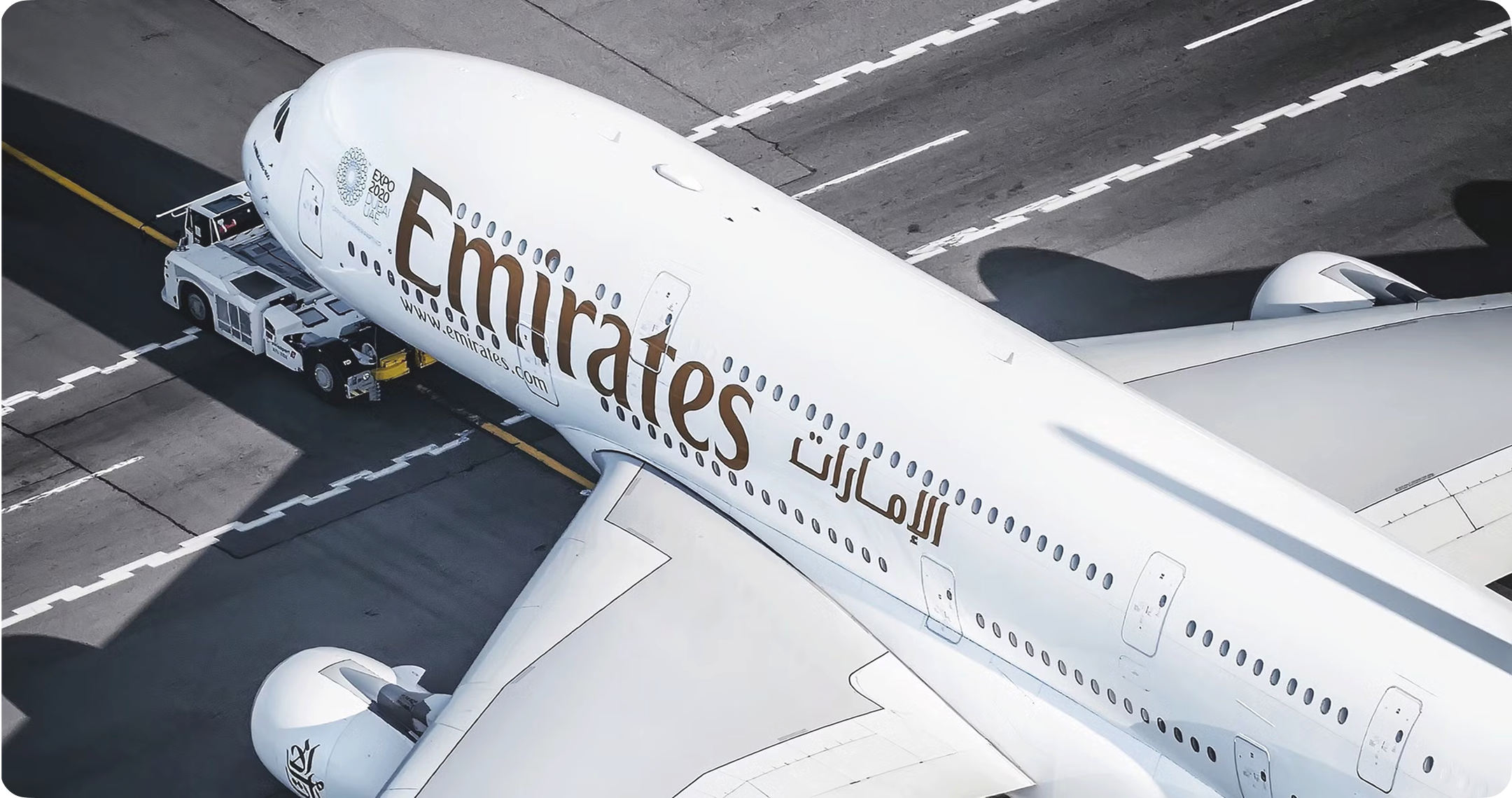
Since its maiden flight in 2005, the A380 has flown over 800,000 flights and carried more than 300 million passengers. Despite its production ending in 2021, the aircraft continues to fly for many airlines. According to data from ch-aviation, there are 152 A380s in active service today. In particular, Emirates operates the largest A380 fleet in the world.
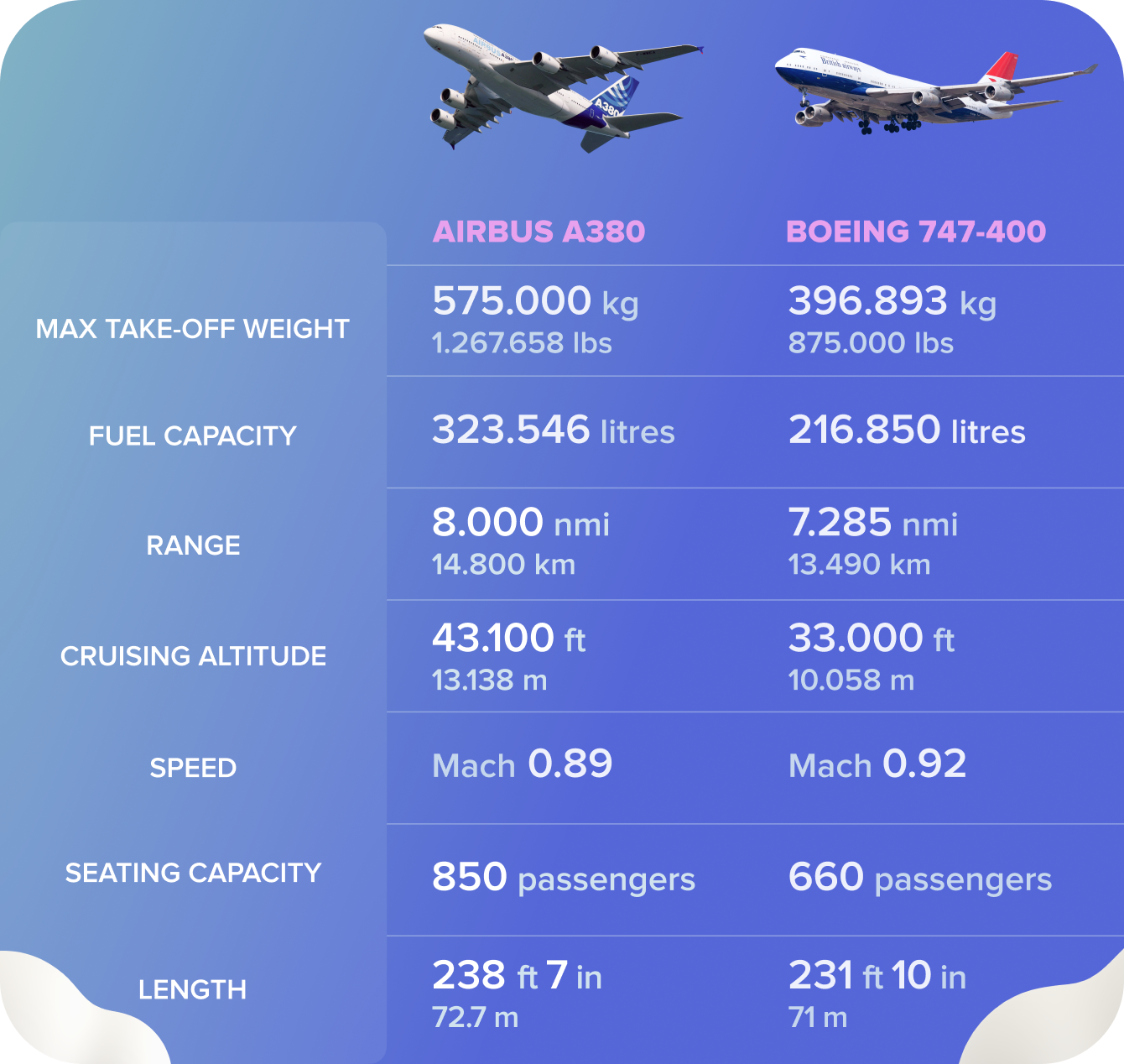
Explore the legacy of Boeing. Discover the revolutionary aircraft that have shaped modern aviation in our latest blog, A Rise of Boeing: Planes That Changed the World.
Beluga Embodies a Unique Cargo Solution
Some aircraft carry passengers. Some carry cargo. And then there’s the Airbus Beluga — built to carry aeroplane parts.
Named after the beluga whale due to its unmistakable shape, this aircraft is a critical cog in Airbus’s pan-European production system. Giant wings, fuselage sections, and tail assemblies—too large for standard freight aircraft—are routinely flown between factories in France, Germany, the UK, and Spain aboard these aerial giants.
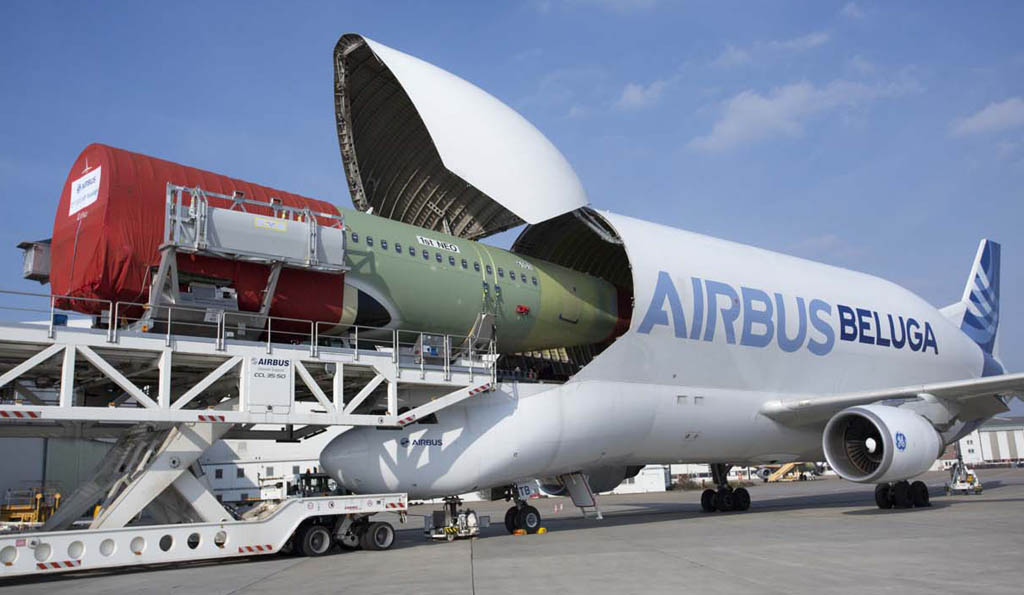
But Airbus didn’t stop there. In 2019, the company introduced the BelugaXL, based on the A330-200. Not only is it 30% larger than the original, it’s also painted with a smiling whale face—a design chosen by Airbus employees in an internal vote. The cheerful livery may look cartoonish, but the aircraft’s purpose is anything but. The BelugaXL can carry two A350 wings at once, improving logistics efficiency across Airbus’s complex supply chain.
See the incredible scale of aviation's giants! Visit our blog for a tour of the 5 Biggest Aircraft Ever Made.
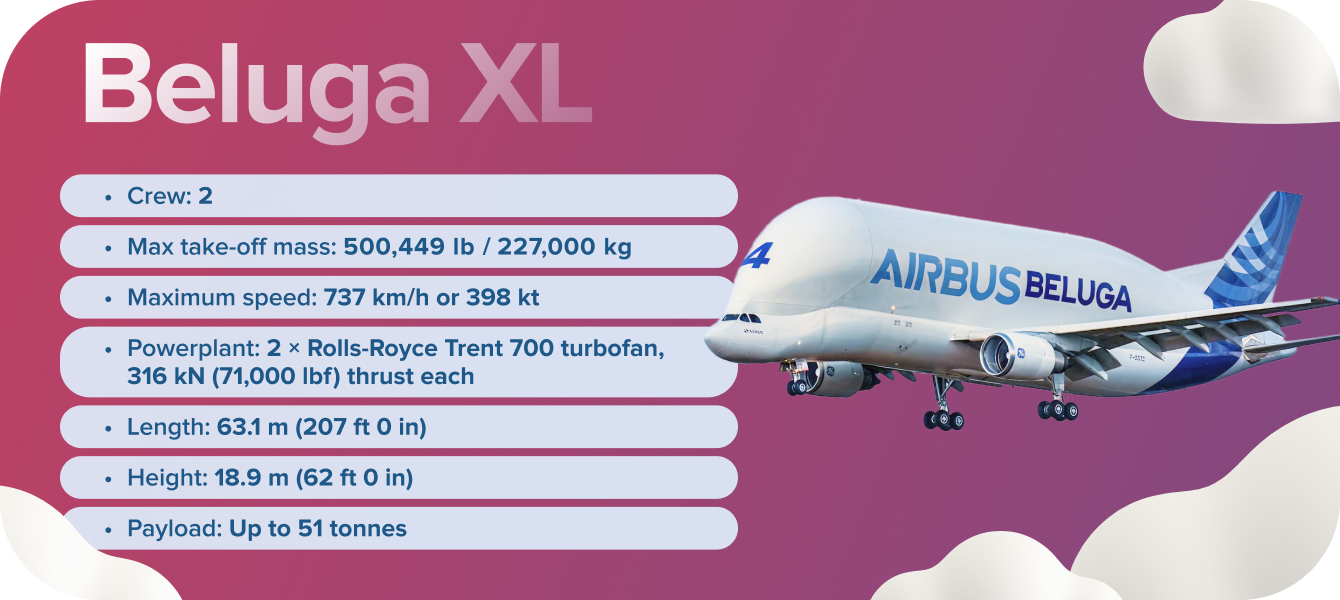
A350 Can Breathe — and So Can You
The Airbus A350 isn’t just another long-haul widebody. It’s a leap forward in passenger comfort and aviation technology. More than 53% of its airframe is constructed from carbon-fibre reinforced plastic (CFRP). This lightweight yet incredibly strong material helps reduce the aircraft’s overall weight and fuel burn, resulting in up to 25% better fuel efficiency compared to previous-generation aircraft like the A340 or 777 Classic.
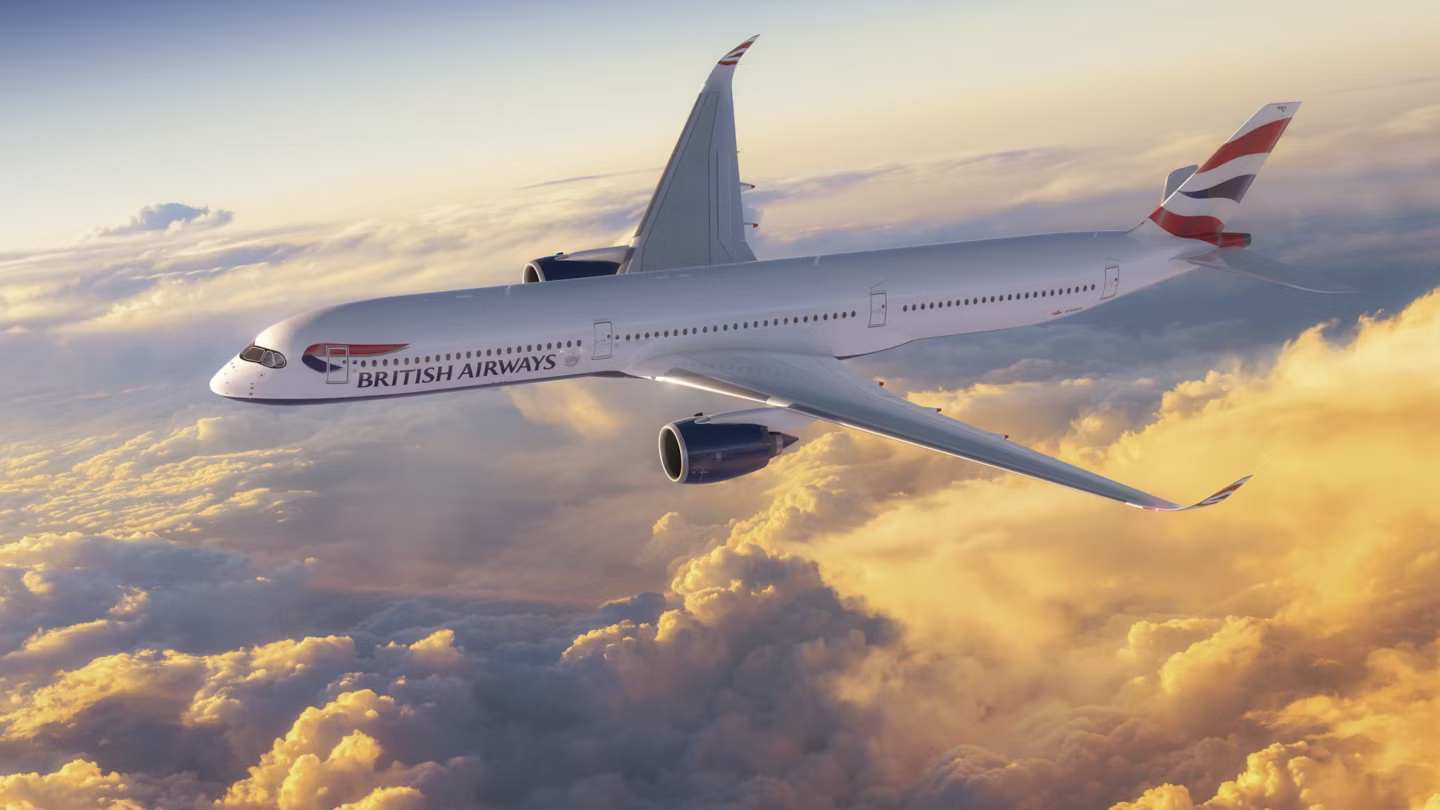
The aircraft features one of the most advanced air management systems in commercial aviation. Using HEPA filtration and an intelligent airflow system, it refreshes the cabin air every 2–3 minutes, keeping it clean, cool, and healthy. The cabin pressure is equivalent to just 6,000 feet, noticeably lower than most aircraft, and humidity levels are higher, significantly reducing fatigue and dryness on long-haul flights.
A330 MRTT Powers Aerial Refuelling
When it comes to multitasking at 30,000 feet, the Airbus A330 MRTT (Multi Role Tanker Transport) is in a league of its own. Based on the A330 widebody, this military variant transport troops and refuels other aircraft in mid-air.
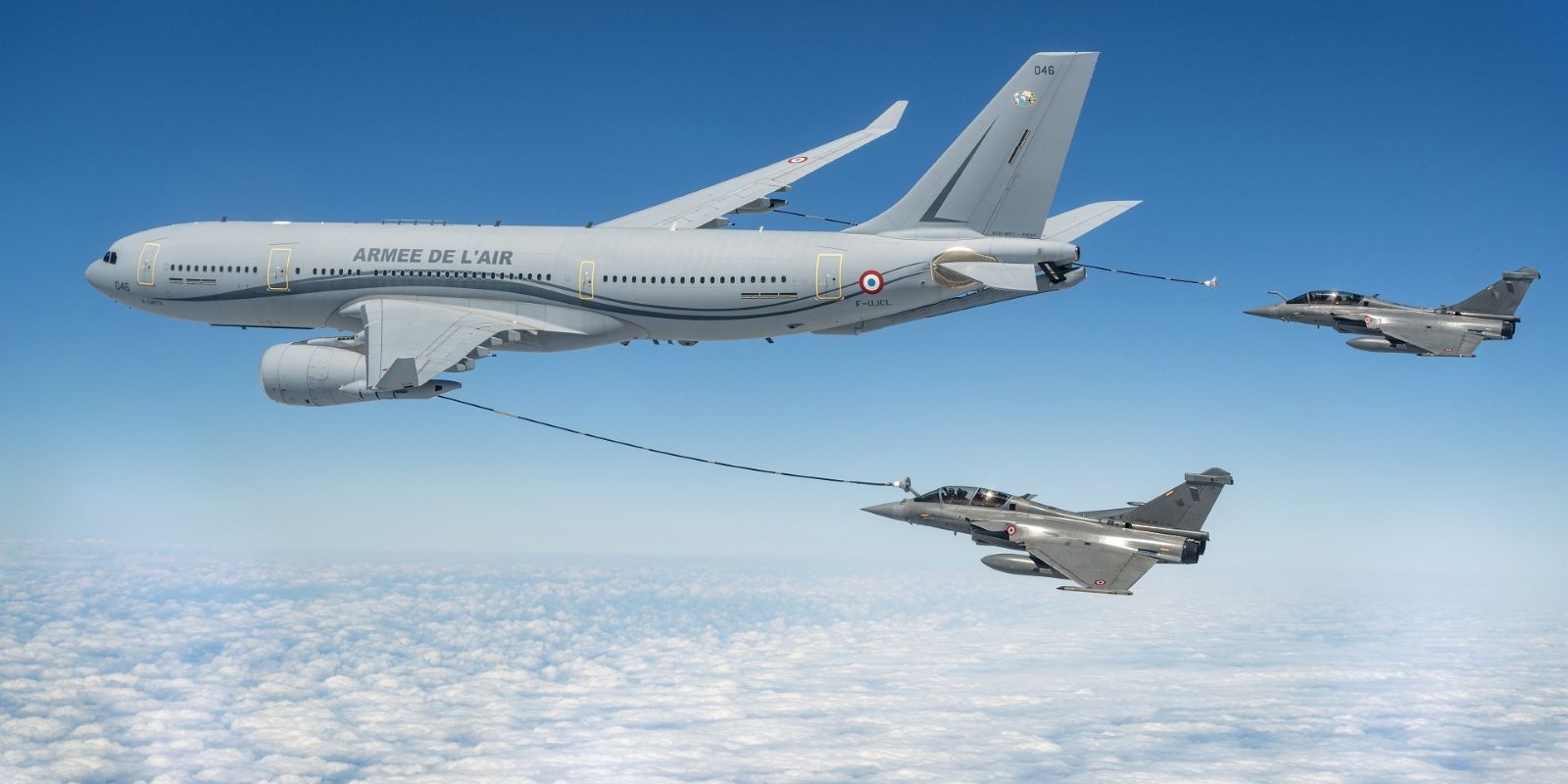
The MRTT’s massive fuel capacity of over 111 tonnes (245,000 lbs) means it can refuel fighter jets, bombers, and other transport aircraft during long missions without needing to land. And it can do all that while still carrying up to 300 passengers or 45 tonnes of cargo. It's quite literally a flying fuel station and troop bus combined.
Thanks to its aerial refuelling boom system and hose-and-drogue pods, the MRTT can adapt to a wide range of allied aircraft, making it a favourite among air forces around the world—including those of Australia, the UK, France, and NATO.
MAVERIC Features Blended Wing Body Designs.
Airbus isn’t just building aircraft for today—it’s sketching the next generation of aviation with its “blended wing body” designs. Think futuristic aircraft that look like sleek UFOs, merging wing and fuselage into one continuous aerodynamic surface.
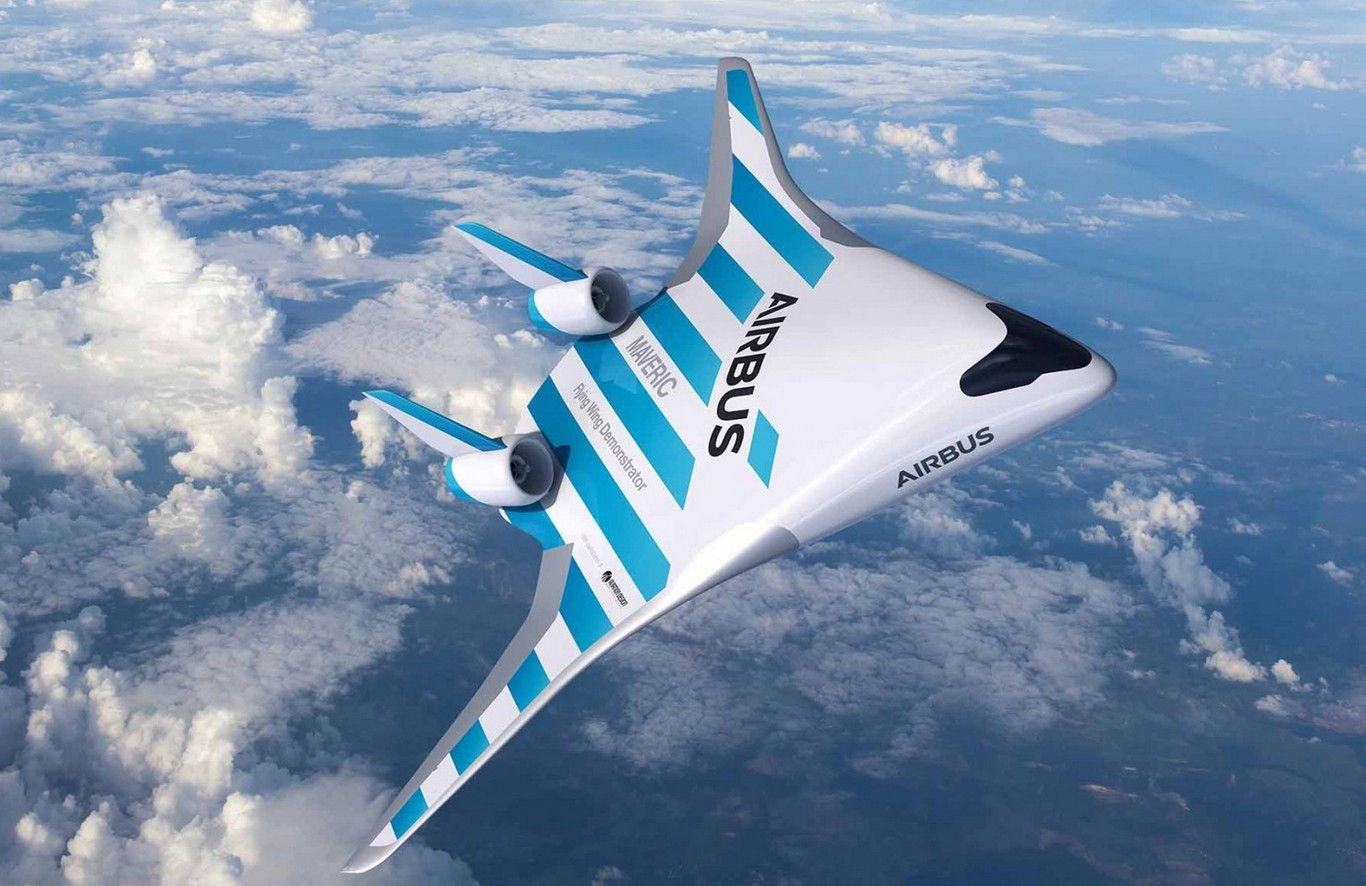
These flying wing-style airframes, like the Airbus MAVERIC (Model Aircraft for Validation and Experimentation of Robust Innovative Controls), promise dramatic improvements in aerodynamic efficiency, which could result in 20% lower fuel consumption and much quieter operations. It’s not science fiction—this is real research taking flight, and Airbus is at the helm.
A310 Achieves Zero-G Flights
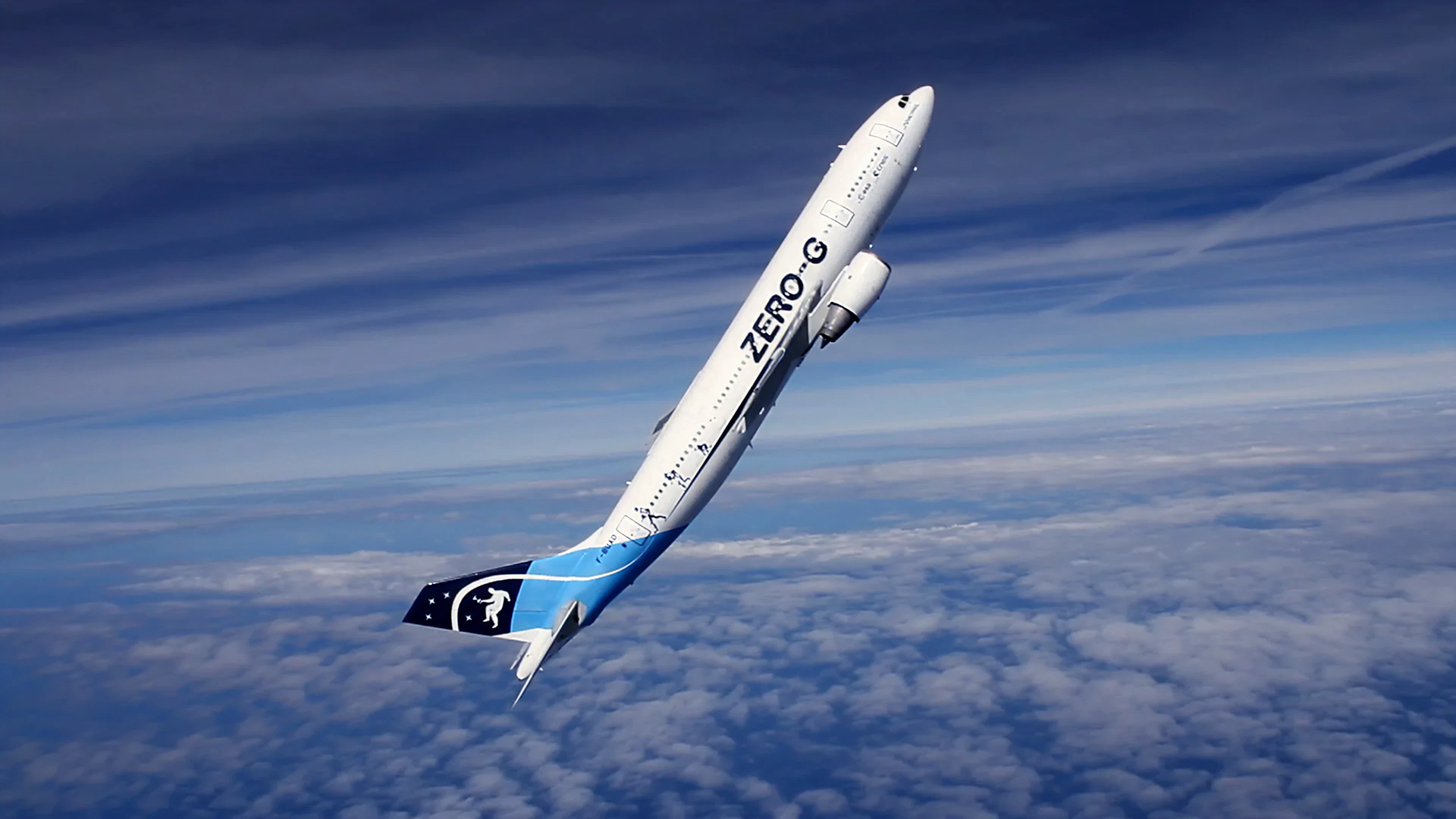
Tucked away in the Airbus fleet is something decidedly out of the ordinary: a specially modified A310 used for parabolic flight, affectionately known as the “Zero-G” aircraft.
Used by ESA (European Space Agency) and scientists from around the world, this plane flies in large arcs — like a rollercoaster in the sky — to simulate weightlessness for about 20 seconds at a time. It’s a vital tool for astronaut training, scientific experiments, and even film productions.
Explore the rich history of aviation at these 12 must-see museums across Europe. Plan your visit with our blog, Wings of History.
Airbus Drives Sustainable Aviation
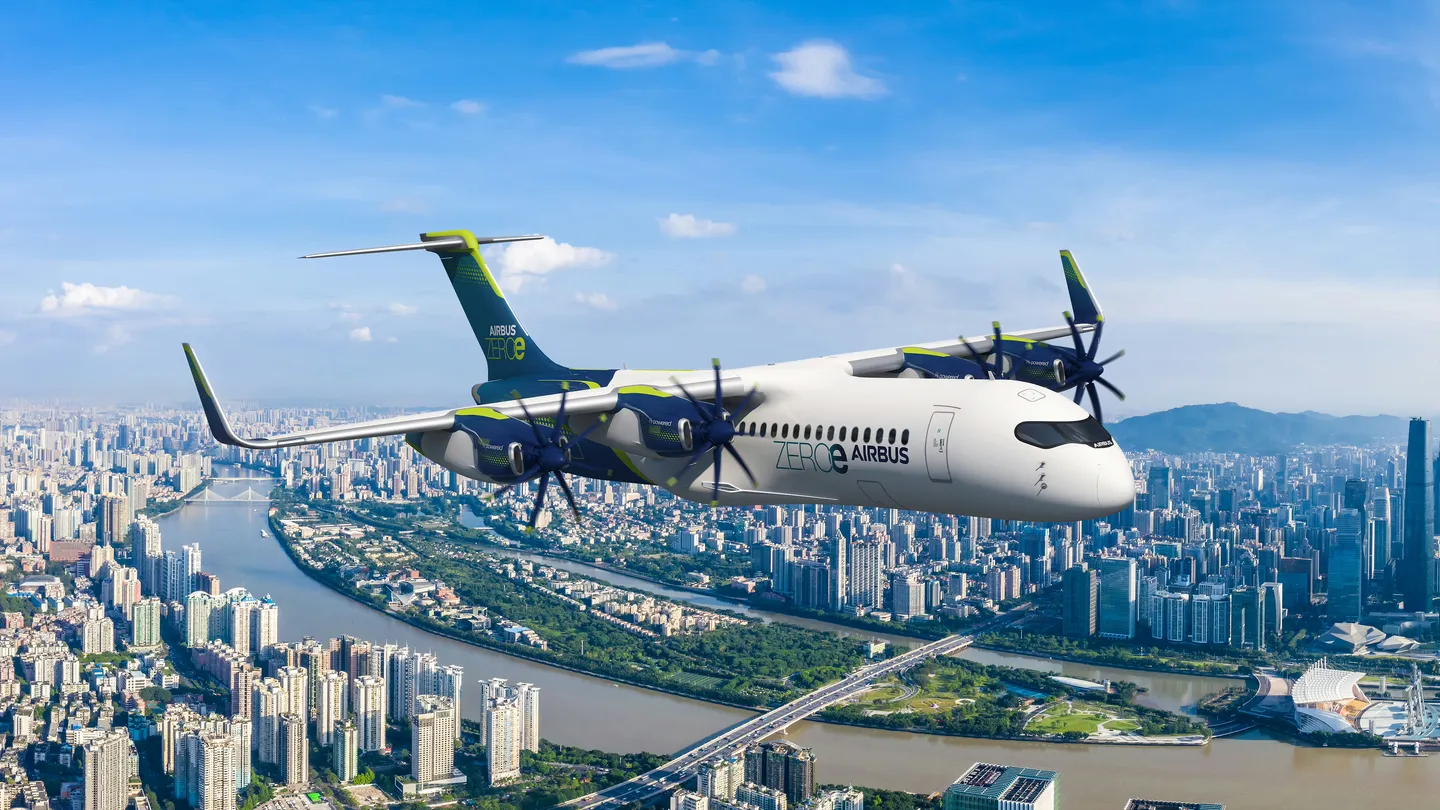
When it comes to the future of clean flight, Airbus isn’t waiting around. The manufacturer is deeply invested in creating the world’s first zero-emission commercial aircraft, targeting entry into service by 2035 under its ZEROe initiative.
The plan? Hydrogen-powered flight — an approach that could eliminate CO₂ emissions entirely during flight. Airbus is currently exploring several aircraft concepts powered by hydrogen combustion and fuel cells. Combined with its work on sustainable aviation fuels (SAFs) and hybrid-electric propulsion, Airbus is helping to redefine what environmentally responsible aviation looks like.
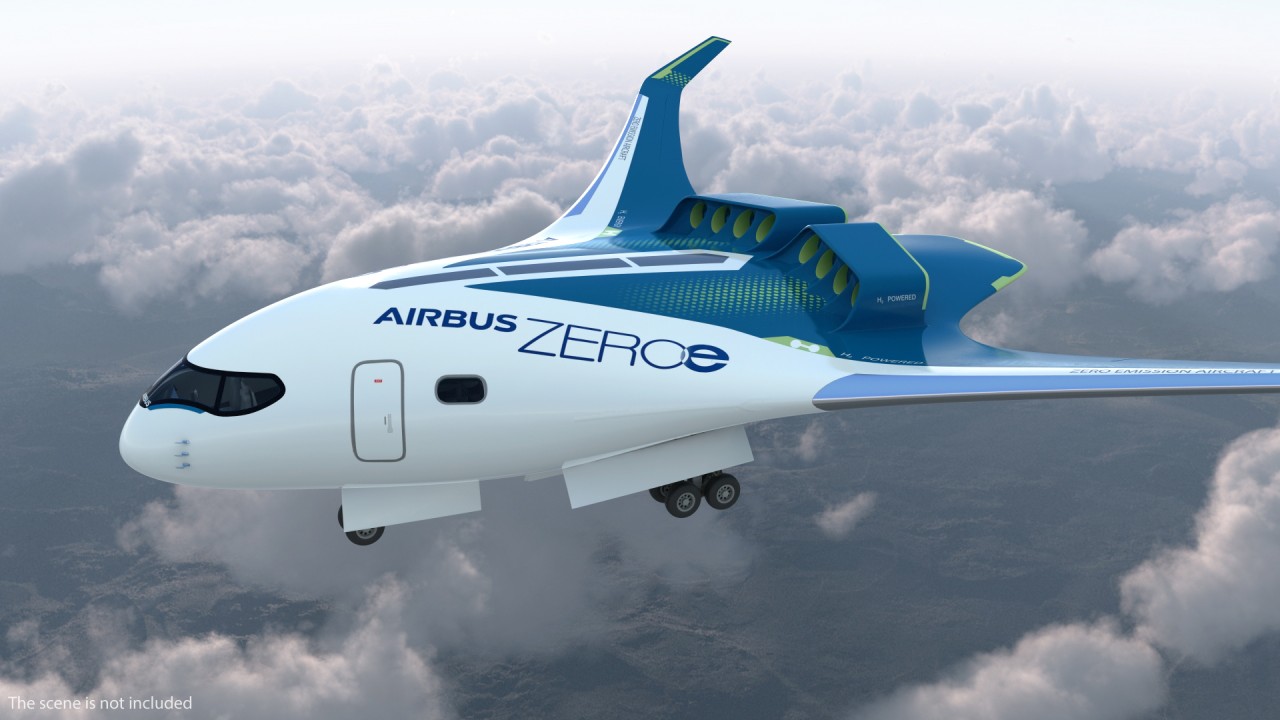
All Cockpits Speak the Same Language
One of Airbus’s most genius decisions wasn’t just about engineering—it was about standardisation. From the smallest narrow-body A318 to the double-deck giant A380, Airbus has adopted a common cockpit design philosophy across all its aircraft. This means pilots trained on one Airbus model can transition to another with minimal additional training—a concept known in the industry as “cross-crew qualification.”
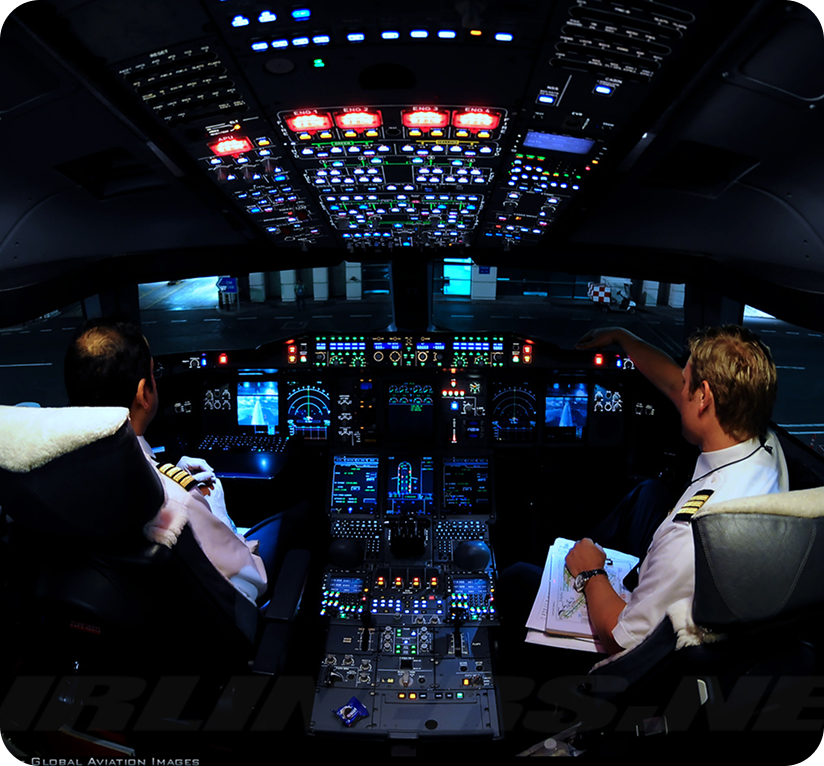
The layout of the instrument panels, the side-stick controllers (a hallmark of Airbus design), and the logic behind the flight control systems all remain consistent. For pilots, this familiar environment builds confidence, reduces errors, and makes type-rating upgrades between models far more efficient. For airlines, it means lower training costs, streamlined operations, and improved scheduling flexibility.
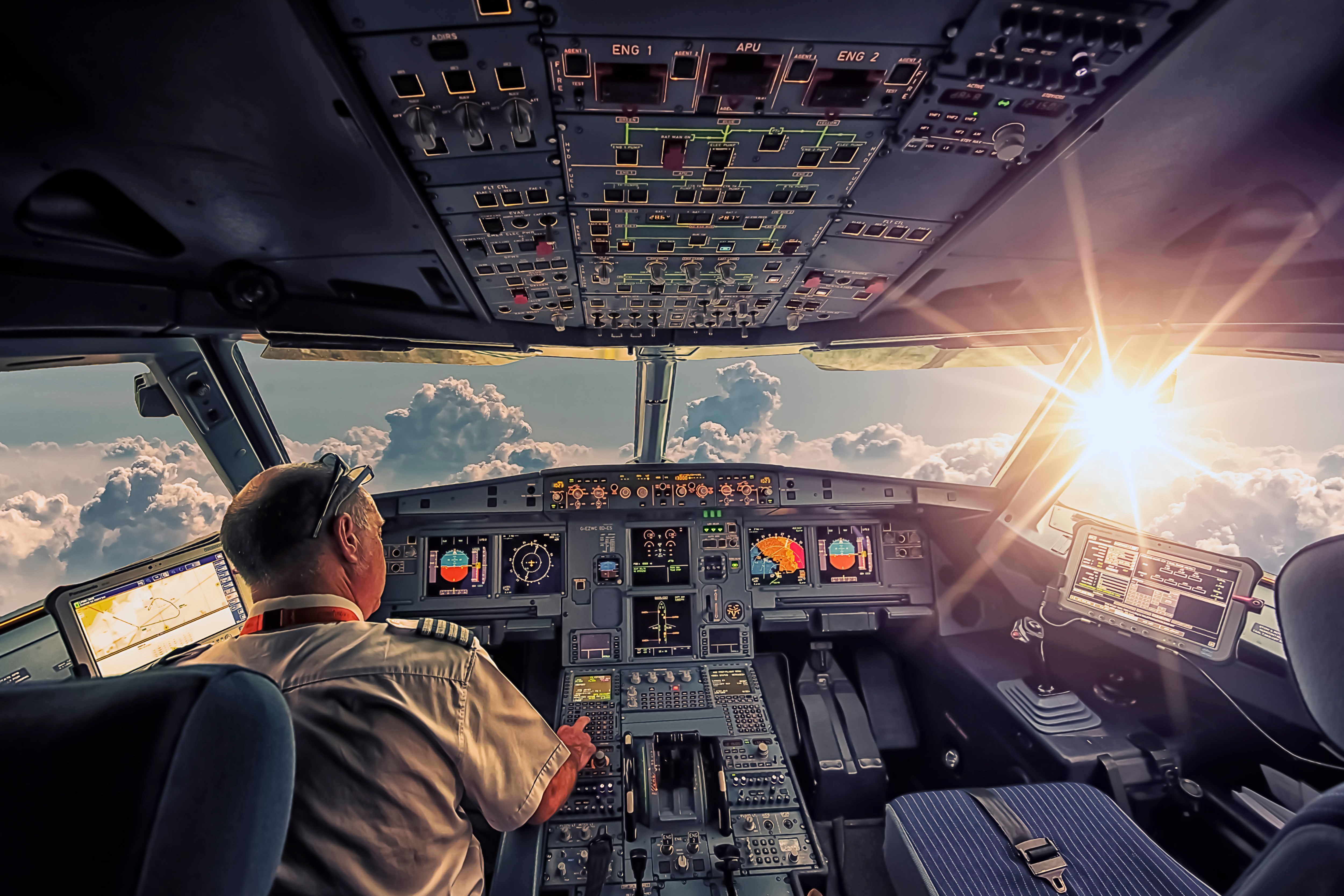
What do pilots love about the Airbus cockpit? Many point to its intuitive interface, clean layout, and the ergonomically positioned side-stick, which replaces the traditional yoke and frees up more space in front of the pilot. The Electronic Flight Instrument System (EFIS) and Flight Management System (FMS) are also widely praised for clarity and ease of use.
It Takes Billions to Build an Airbus
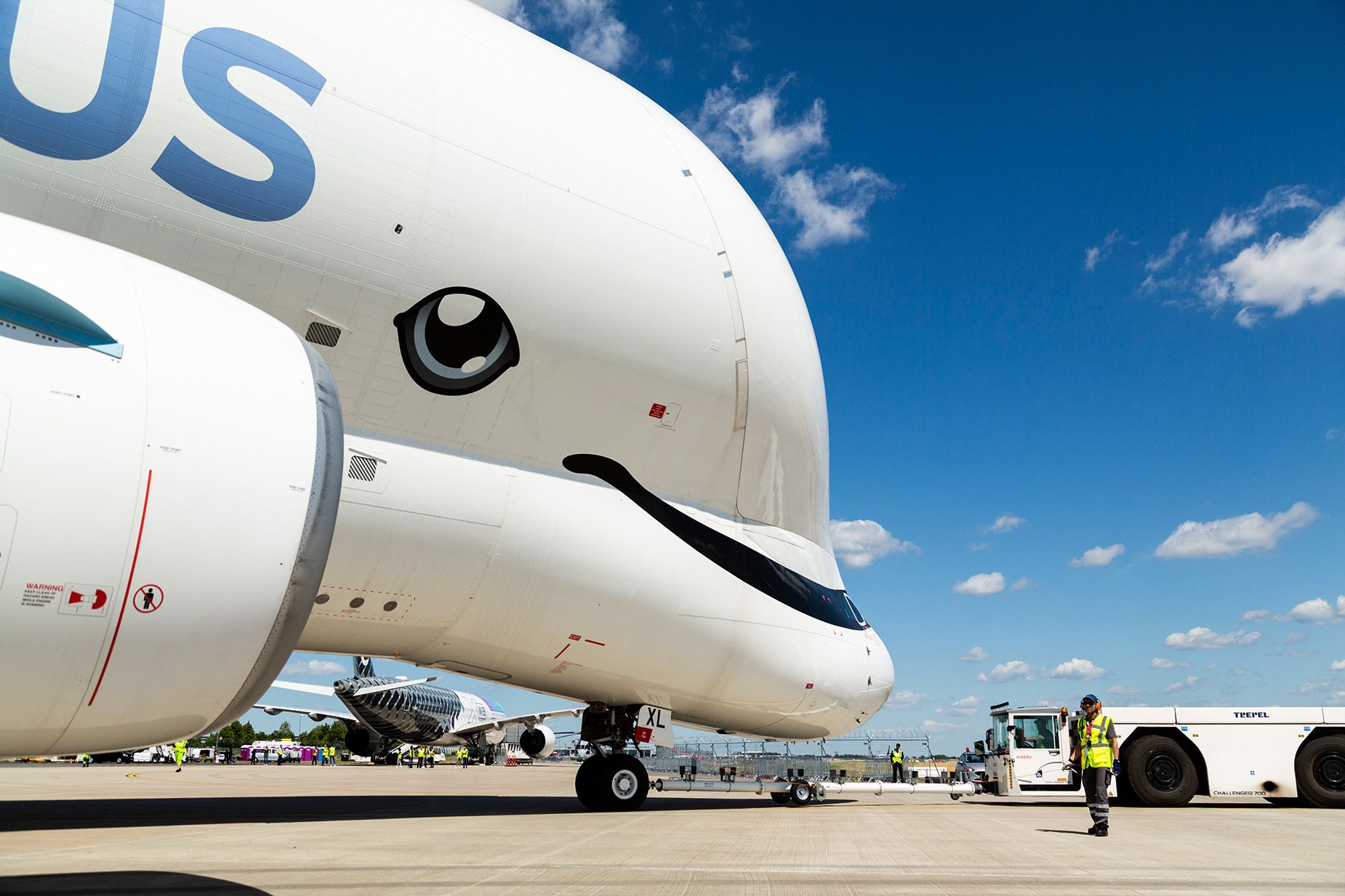
Developing a new commercial aircraft typically costs between $10 to $15 billion, but history shows those numbers often climb. Take the A380, Airbus’s ambitious double-decker superjumbo. When the programme launched, Airbus budgeted $10.7 billion—a staggering sum at the time, representing half the company’s value. But the final cost soared to over $25 billion, making it one of the most expensive aviation projects ever undertaken. And that was before a single aircraft was delivered.
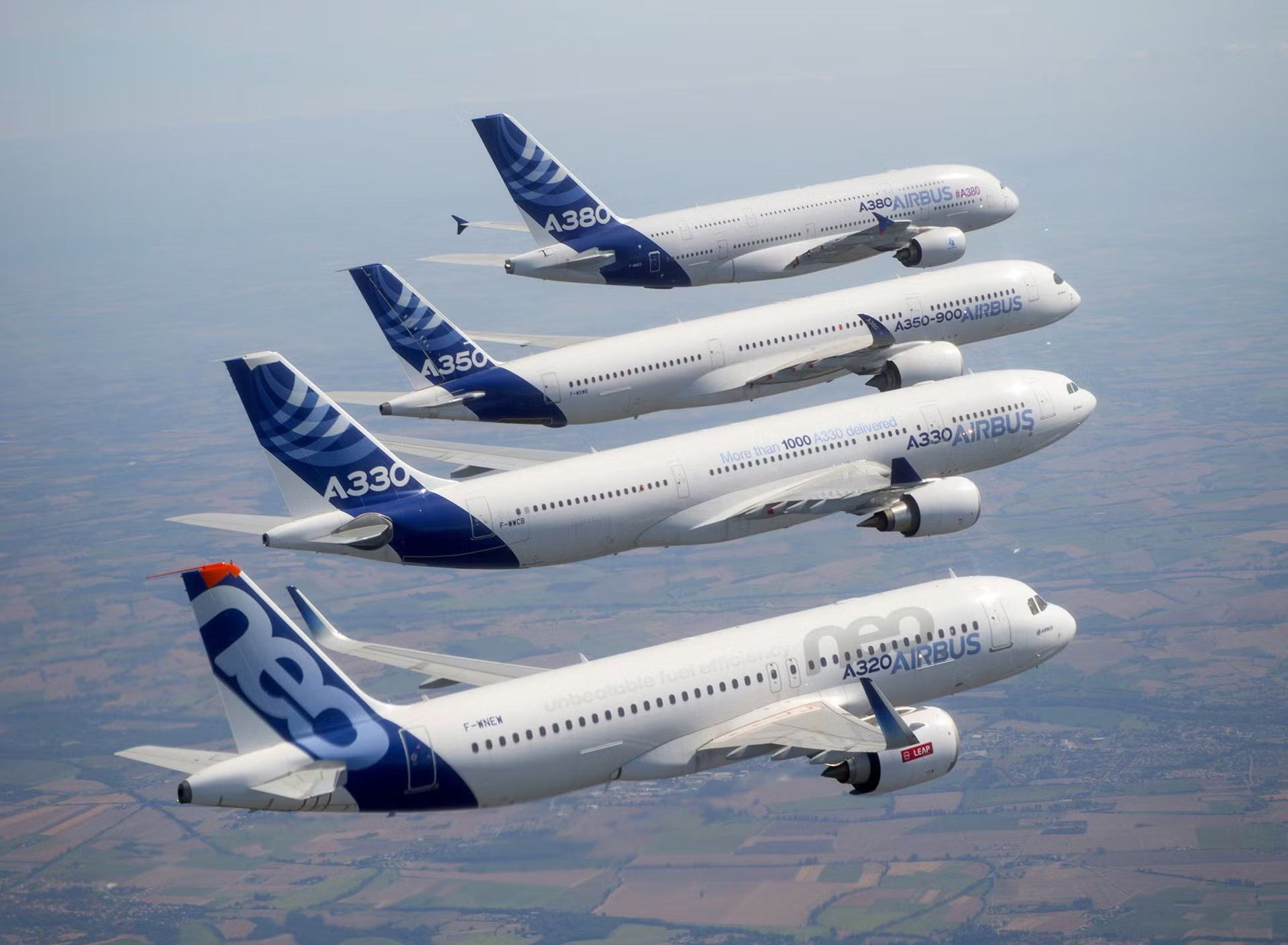
The A350 also came with a financial sting. Originally estimated at $5.3 billion, but delays and redesigns doubled its cost to nearly $10 billion. The programme ran over two years behind schedule, a reminder of just how complex and costly building a next-generation jetliner can be.
Some of the most expensive parts include the carbon-fibre composite fuselage, especially on the A350, where over 50% of the structure uses advanced materials to cut weight and boost fuel efficiency. While more costly to manufacture than traditional aluminium, composites reduce maintenance and operating costs over time.
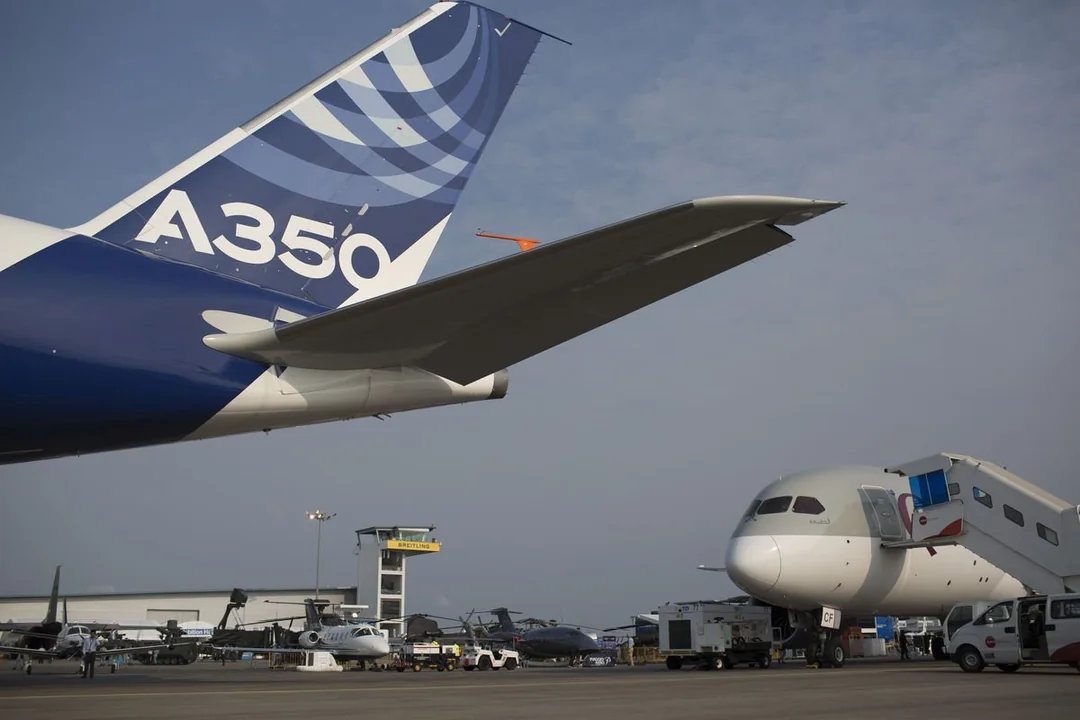
Despite the costs, Airbus continues to innovate, investing in cleaner, smarter aircraft like the A321XLR and ZEROe hydrogen-powered concepts. Every new aircraft is a leap forward—not just in performance, but in the economic risks Airbus is willing to take to keep aviation flying into the future.
When Airbus says “Make it fly,” they mean it — even if it means betting the company to get there.



